Most people tend to plan their vacations for the summer months, but visiting national parks during the winter can offer a different perspective to some of the most beautiful sights in the USA.
Plus, many national parks that are packed during the summer months can offer smaller crowds and better conditions when the weather is cooler. The following are some of the best national parks to visit during the winter:
1. Yosemite National Park – California
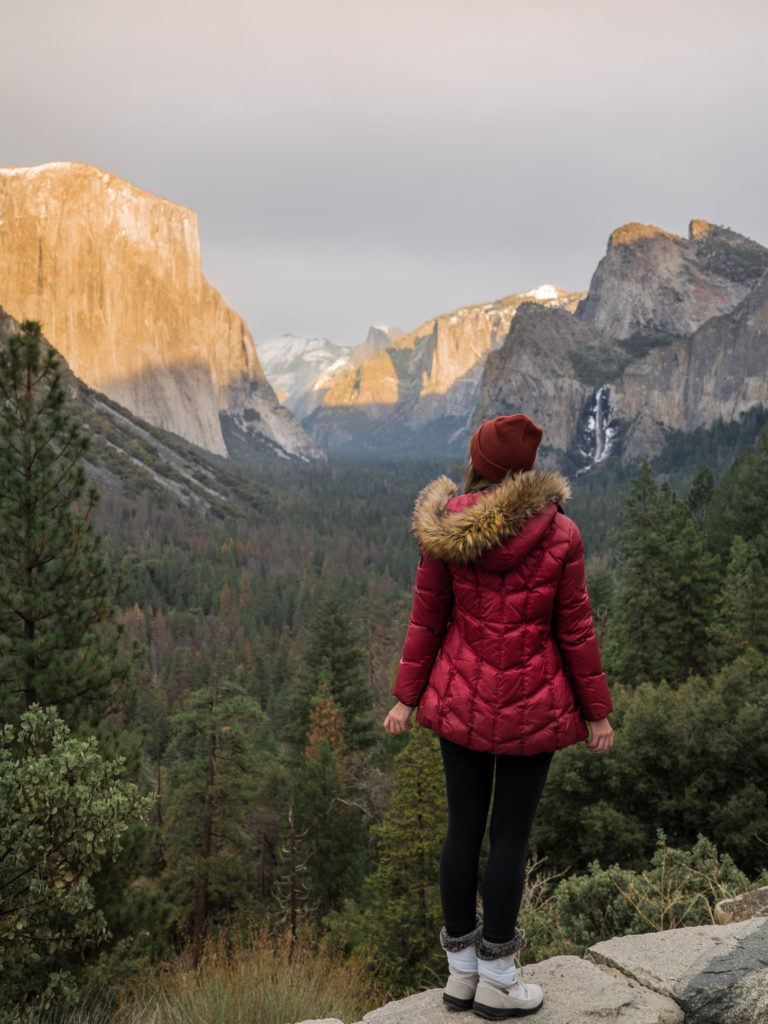
The sights in Yosemite are as breathtaking in the winter as they are during other seasons, but are not visited quite as often. While millions of people visit the park between the months of April and October, they often stay away when the snow comes. Visiting during the winter months ensures that you get a more secluded experience with the beauty of the park.
While the weather determines whether or not some roads are closed, the Glacier Point/Badger Pass road is always plowed for visitors to have easy access to the Badger Pass Ski Area. This area can get extremely busy during the winter holidays, especially at the end of December and early January, which means it can be difficult to find parking. So if you’re planning to hit the slopes during that time, be sure to plan ahead!
For a full guide on hiking and experiencing winter in Yosemite, read more here.
2. Arches National Park – Utah
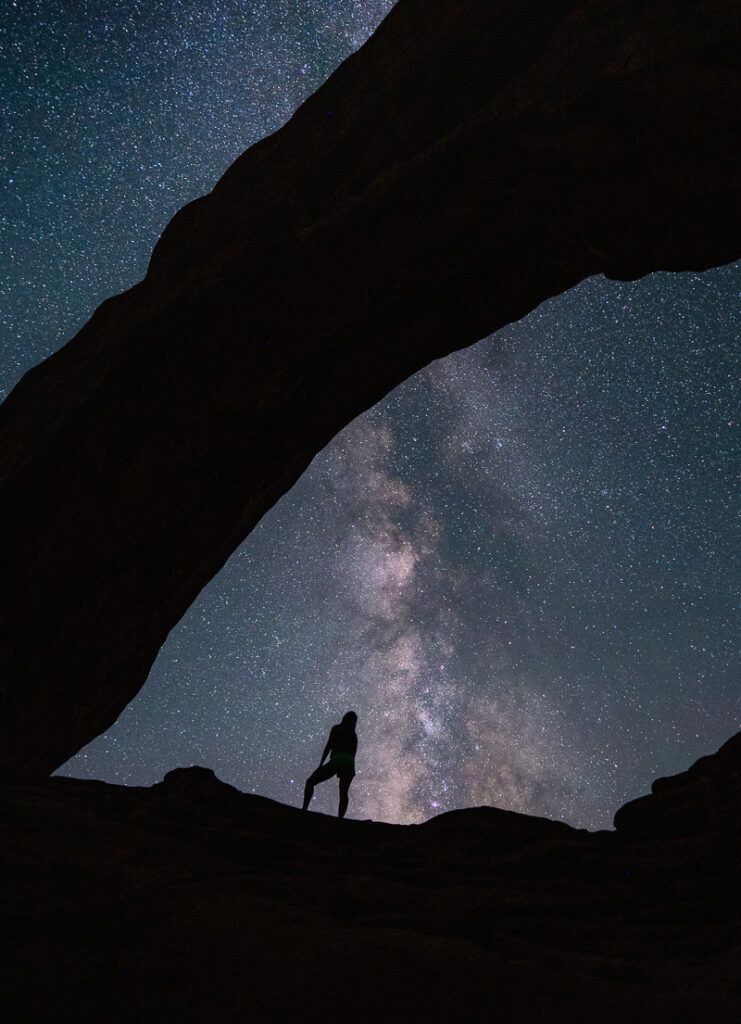
Winter in Arches National Park, Utah, means that you avoid the crowds and sweltering heat of summer months. The fresh snow contrasts beautifully with the red rocks of the park, creating plenty of opportunities for taking iconic photos.
Arches is also a perfect example of the phrase “Half the Park is After Dark.” Because of its altitude and remote location, the park is internationally recognized as one of the best places for stargazing.
Just be aware that visiting Arches National Park during winter means that there are no services available, such as guided tours. However, the park is open 24/7 with free access to dozens of hiking trails.
3. Bryce Canyon National Park – Utah
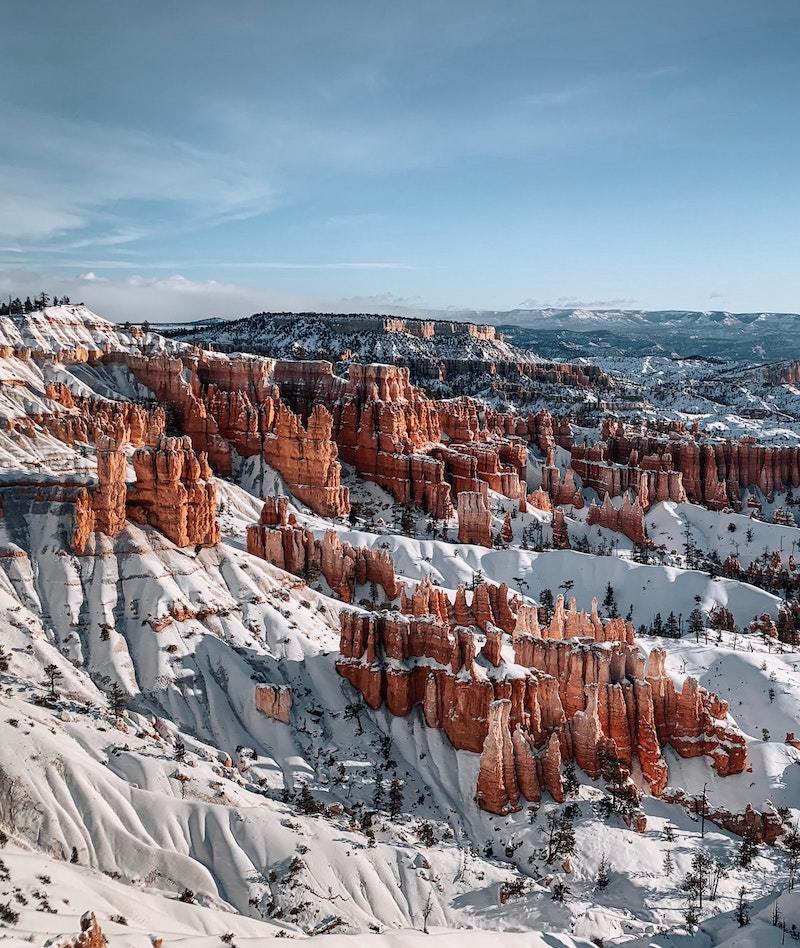
A few hours away from Arches is Bryce Canyon National Park. While the spires of the Bryce Canyon Amphitheater are astounding all year round, they offer a special kind of beauty during the winter. The points of the red rock columns are often glazed in ice and encompassed by fog, or if you’re lucky, fresh powder!
Opportunities for snowshoeing, cross country skiing, and winter hiking are available throughout the park. If you plan your trip just right, there’s also the option to take part in the Bryce Canyon Winter Festival, which offers a variety of indoor and outdoor activities.
Read more about the other national parks in the area on an American Southwest road trip!
4. Denali National Park – Alaska
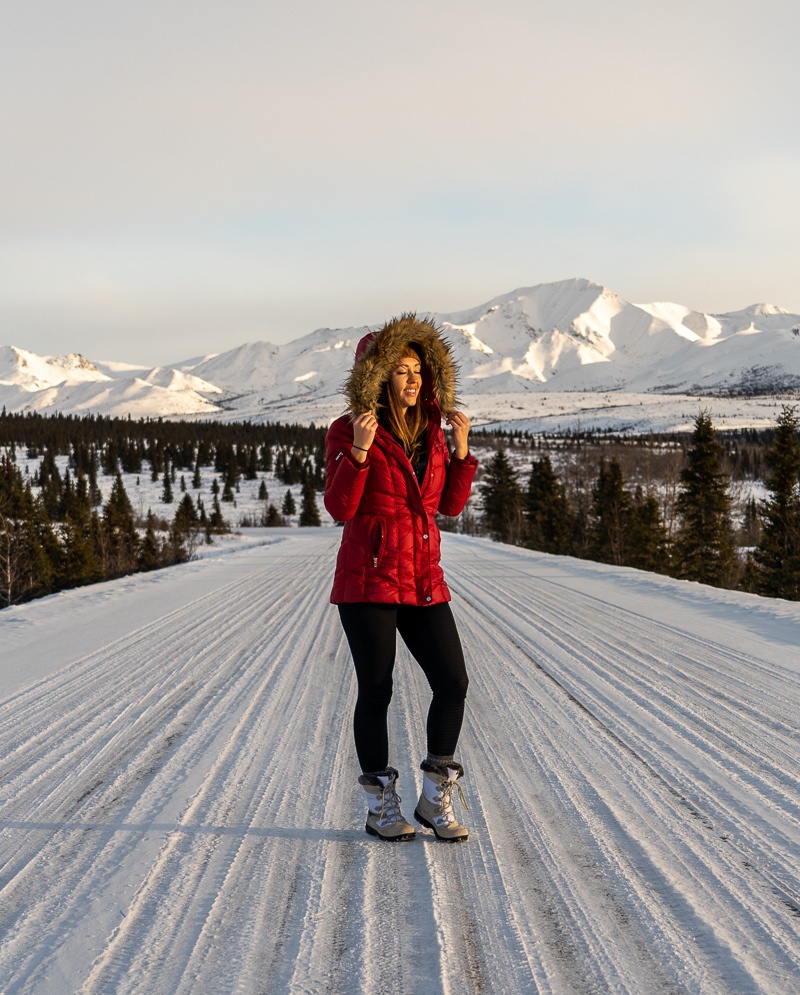
Alaska is typically a summer destination, since winters can be cold and extra snowy. But if you ask me, with the right outfit choices Denali is even better in the winter, with smaller crowds and the possibility of viewing the Aurora Borealis!
While the days are short and the temperatures can drop to -40 degrees Fahrenheit, there are plenty of activities for snow enthusiasts. The most common activities are skiing, winter biking, and snowshoeing, with trails laced throughout the park.
5. Yellowstone National Park – Idaho, Montana, Wyoming
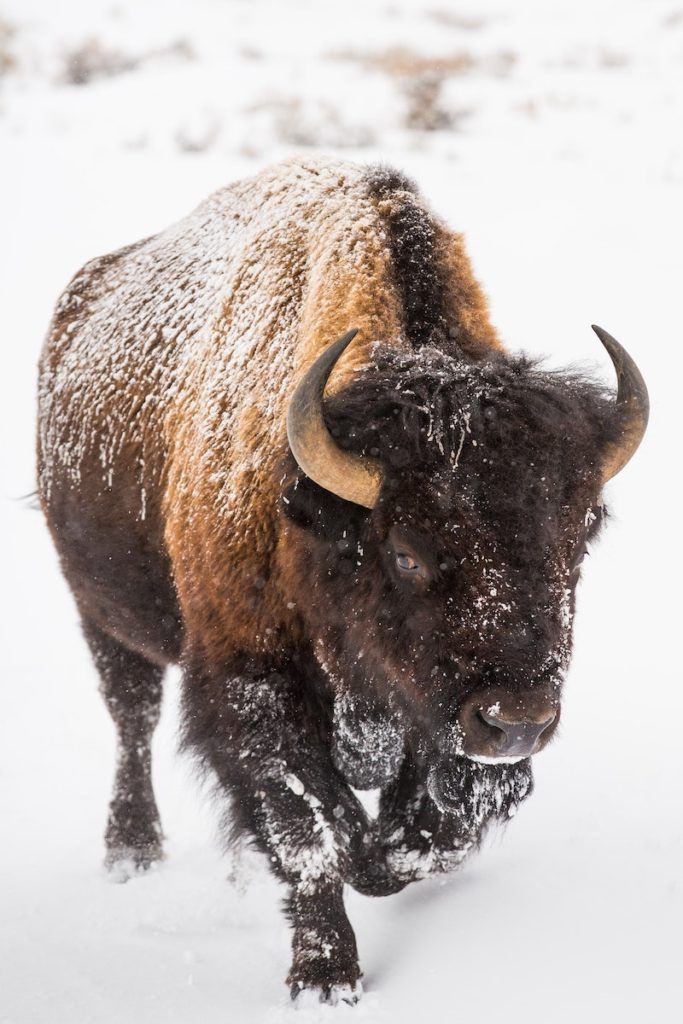
Yellowstone is a popular location year-round, and for good reason! Wildlife is abundant during winter seasons, and it isn’t unusual to see bison, elk, and even wolves wandering the snowy landscape. The weather also offers a new view of the famous park geysers, which erupt with dramatic clouds of steam in the chilly air.
Though the snow can be heavy in the winter and many of the roads are closed, because of its popularity, Yellowstone offers a variety of recreational activities. Snowshoes and skis are popular modes of transportation, while snow coaches and snowmobiles are the easiest ways to get around the frozen terrain.
6. Grand Teton National Park – Wyoming
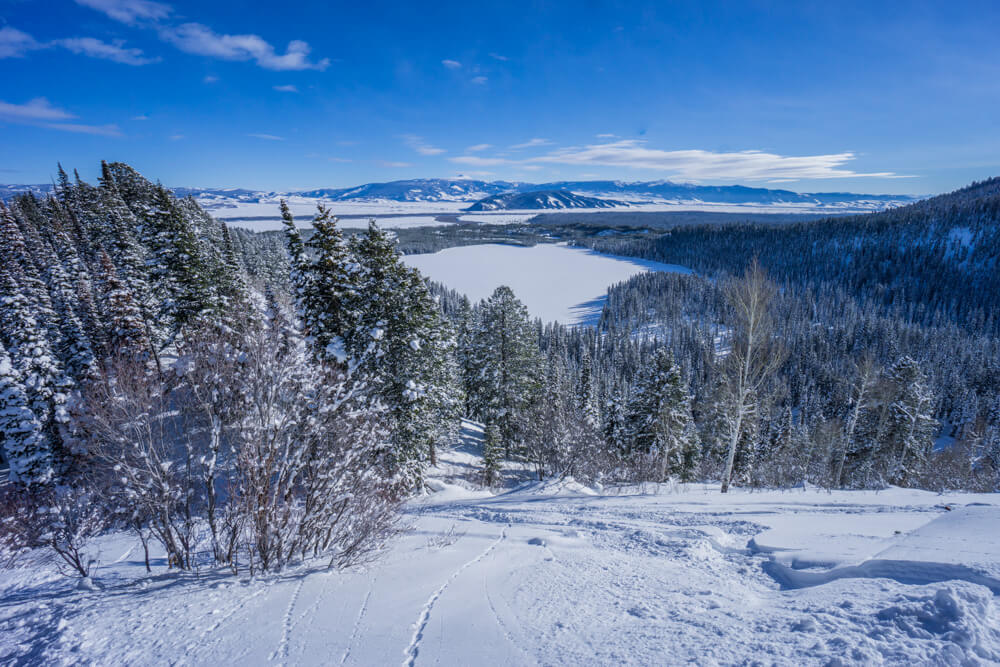
While road access is limited to Grand Teton National Park during the winter months, the views more than make up for the limited driving options. The snow-blanketed peaks of the Teton Range make an ideal scene for photographing. In fact, photography tours are a common visitor experience in the park.
There are also plenty of winter activities in the area like cross country skiing and snowshoeing.
7. Joshua Tree National Park – California
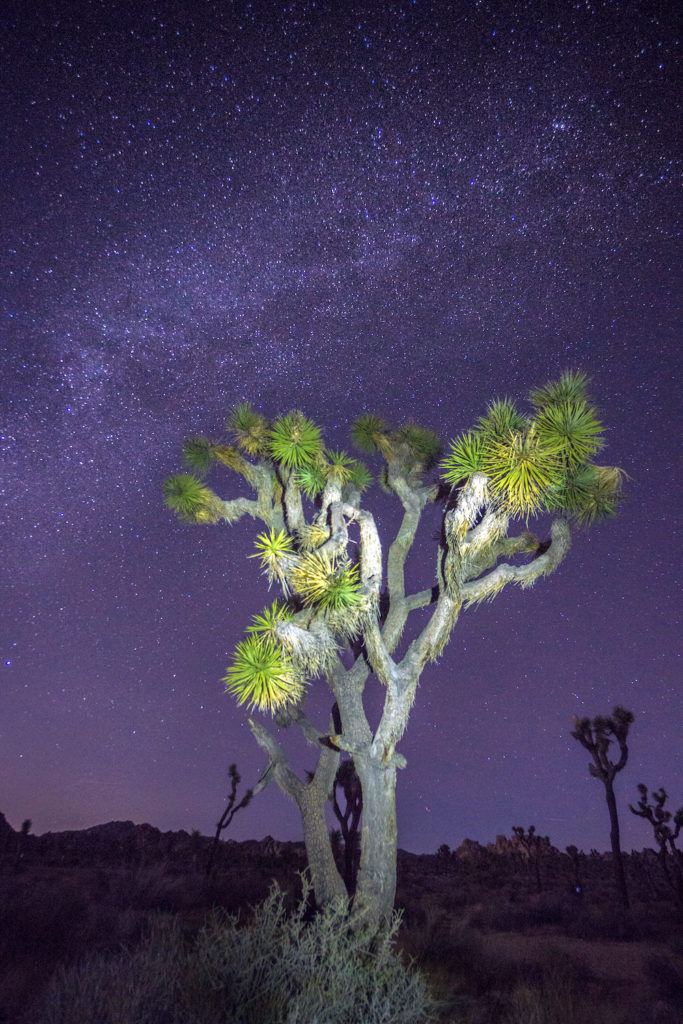
In Joshua Tree National Park, the weather can be sweltering in the summer, but winter weather in the park is moderate and provides ideal temperatures to explore the outdoors. Unlike some of the other parks on this list, this makes the winter months in Joshua Tree some of the busiest, as people prefer to avoid the heat of the summer months.
Some sights unique to the area are Arch Rock, Heart Rock, and Skull Rock.
Once the sun goes down, there’s even more to see. Joshua Tree is an International Dark Sky Park, which means the stargazing is definitely worth sticking around for!
8. Death Valley National Park – California
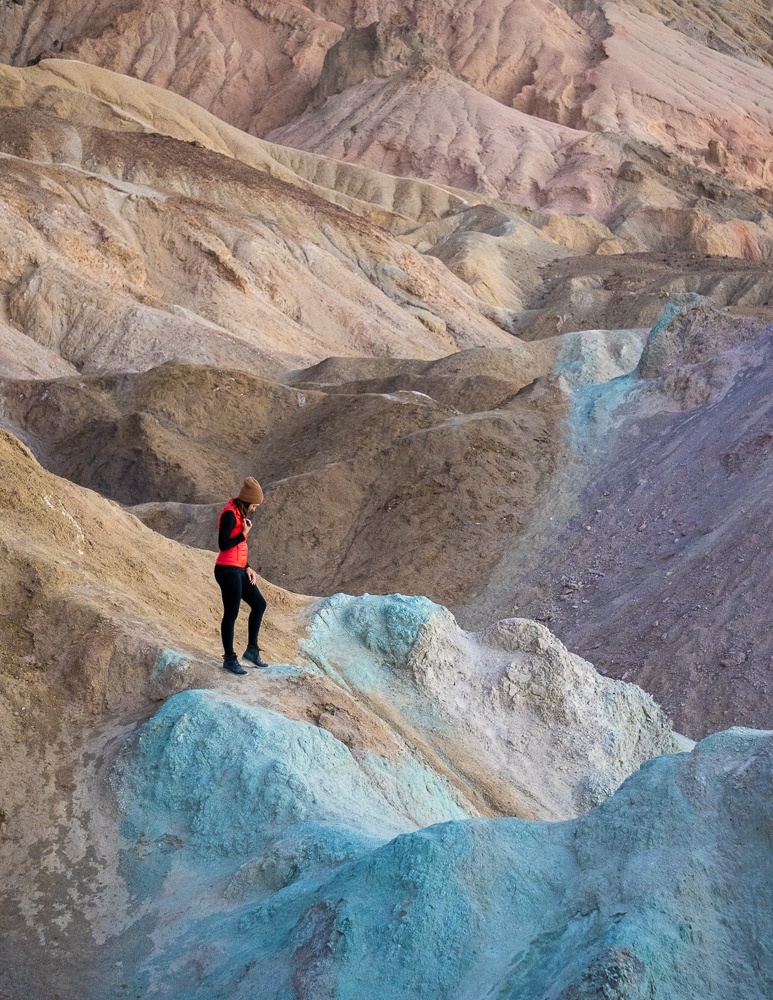
Death Valley is the hottest place on earth, which means the best time to visit is during winter when it cools down! While most of the country is covered in snow, this park offers warm, dry, sunny days with temperatures around 70 degrees Fahrenheit during the day, perfect for camping.
If the park ever receives snow, there’s very little of it. This means that hiking trails like the Golden Canyon are easily accessible, and safer than hiking in the summer months. Along the way, you’ll see plenty of unique rock formations, and if visiting during February to March, there’s a chance of wild flowers!
Also, because of the nearly nonexistent light pollution of the area, Death Valley National Park offers some of the best stargazing in the world. It has been designated as a “Gold Tier” Dark Sky Park by the International Dark Sky Association, which is the highest award possible.
9. Everglades National Park – Florida
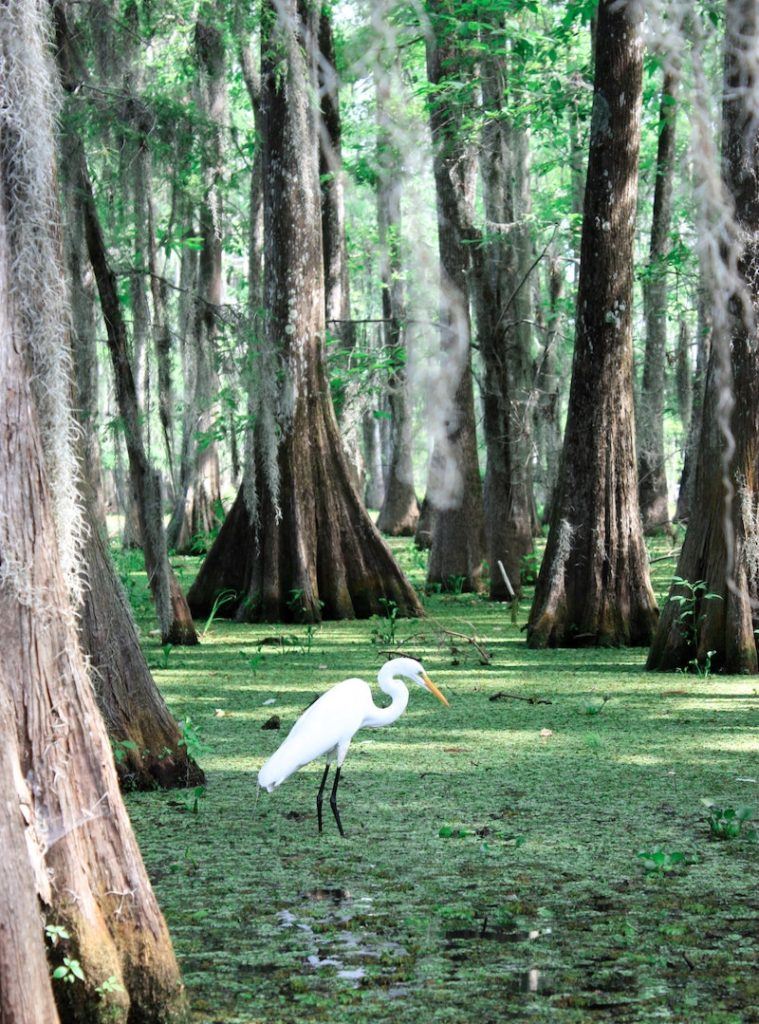
Everglades National Park is also a prime destination if you prefer to avoid the cold. It is the largest subtropical wilderness in the United States, and home to numerous endangered and threatened species, including the American crocodile, Florida panther, and manatee.
The park is most popular throughout the months of November to April. This is the dry season for the park, which means cooler temperatures, less humidity, and fewer mosquitos!
Due to the comfortable conditions of the dry season, crowds can be found at the more popular activities such as guided tours, but there are plenty of options for solitude with ventures like boating through the Floridian channels.
10. Glacier National Park – Montana
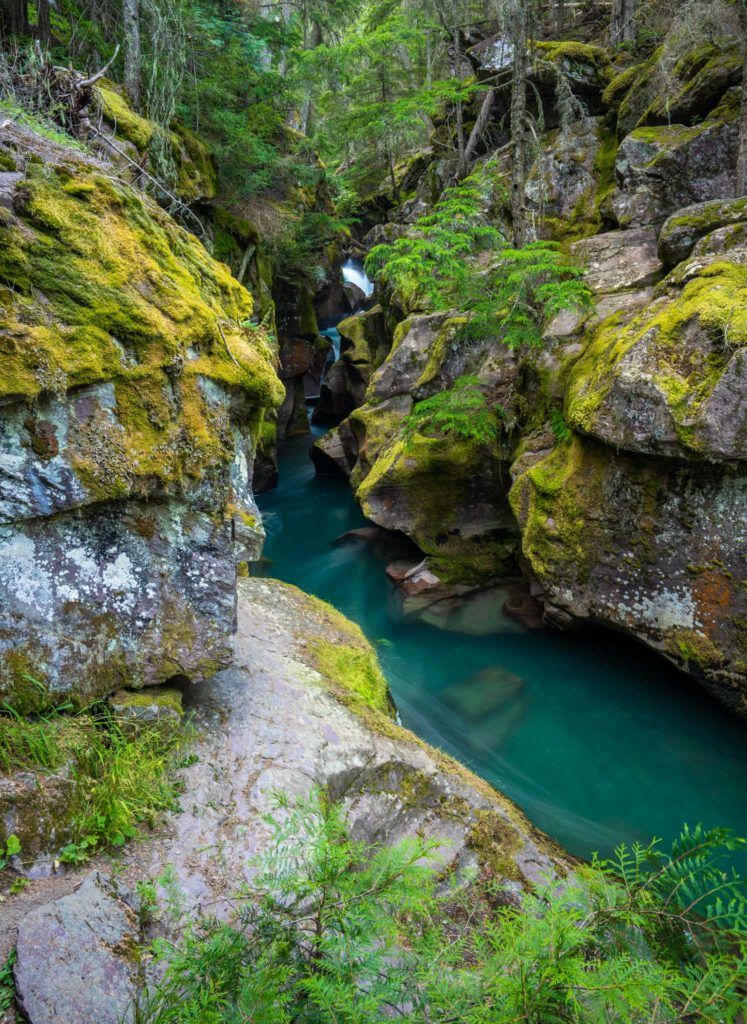
Glacier National Park definitely lives up to its name, especially in the winter. The park was formed by glaciers from 2 million to ten thousand years ago and hosts a variety of icy structures, as well as forests, mountains, and lakes.
During the summer, the park is packed, but during the winter, there’s more opportunity for solitude.
In the winter some of the park roads are closed, but cross country skiing and snowshoeing are on the menu!
11. Big Bend National Park – Texas
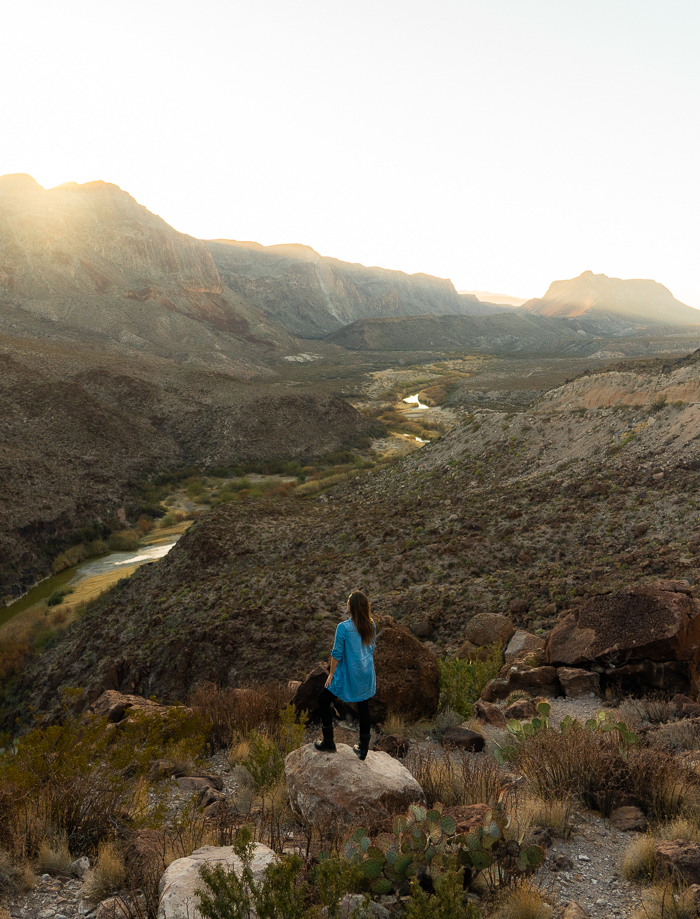
Big Bend is full of hiking trails, wildlife, spectacular views, and outdoor adventures. Bordering the Rio Grande River, it stands as one of Texas’ most impressive natural wonders.
Sunshine is prevalent in this park all year round, and snow is rare and generally light. Therefore, trails are rarely inaccessible due to weather, and visitors can reliably plan to be outdoors all day no matter the month. Just be aware that for every thousand feet of elevation you gain, the air temperature drops by 5 degrees Fahrenheit!
READ NEXT
12. Olympic National Park – Washington
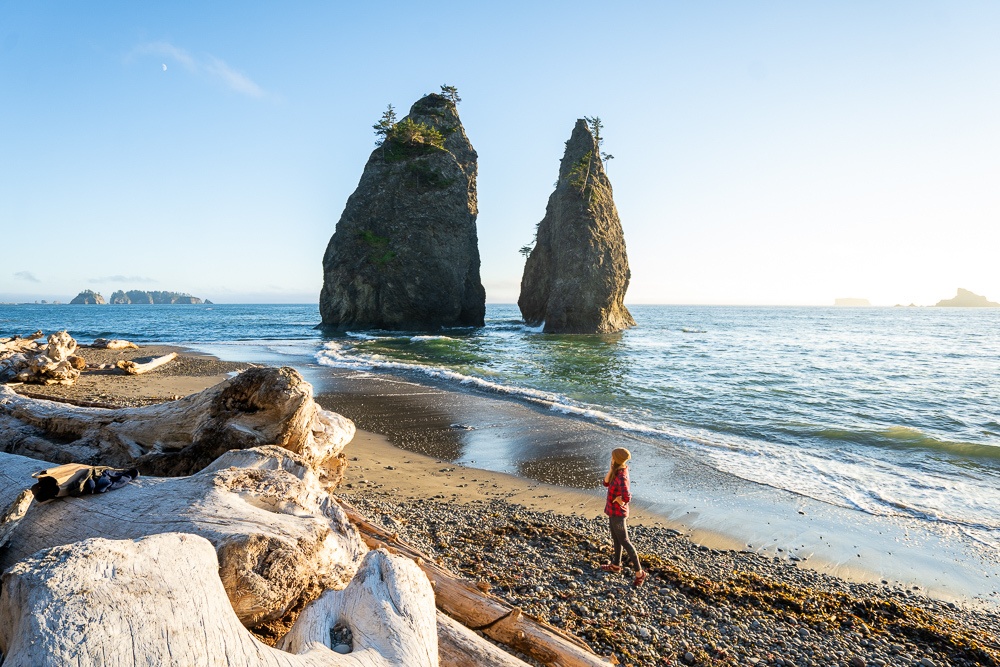
Olympic National Park in Washington has the best of both worlds with evergreen forests covered in snow standing next to the roaring waves of the ocean. The park offers plenty of options for outdoor enthusiasts, whether you prefer to relax and watch the icy waves crash into the shore, or take on the slopes at Hurricane Ridge.
While the weather during the winter is generally mild, it can change very quickly. Before making plans, be sure to check the weather conditions!
13. Mount Rainier National Park – Washington
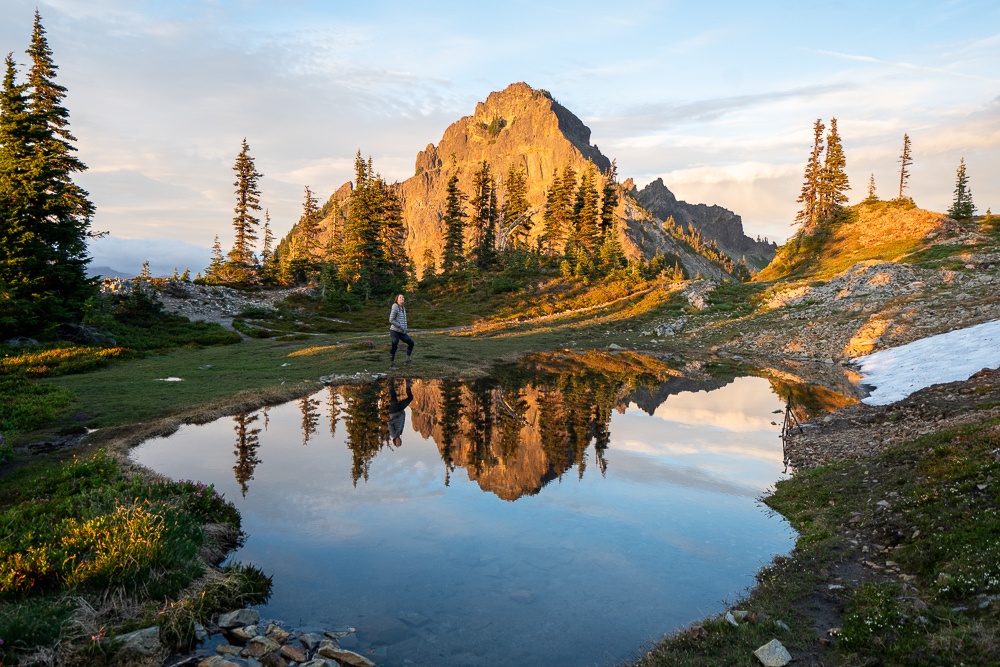
Mount Rainier is the place to go if you love the snow. The area receives a average annual snowfall of 54 feet! The park is packed with opportunities for recreational activities including sledding, skiing, snowboarding, snowshoeing, climbing, and camping.
Most park access roads are closed during the winter months, though the Paradise Valley entrance typically remains open. You can read more about it here.
14. Rocky Mountain National Park – Colorado
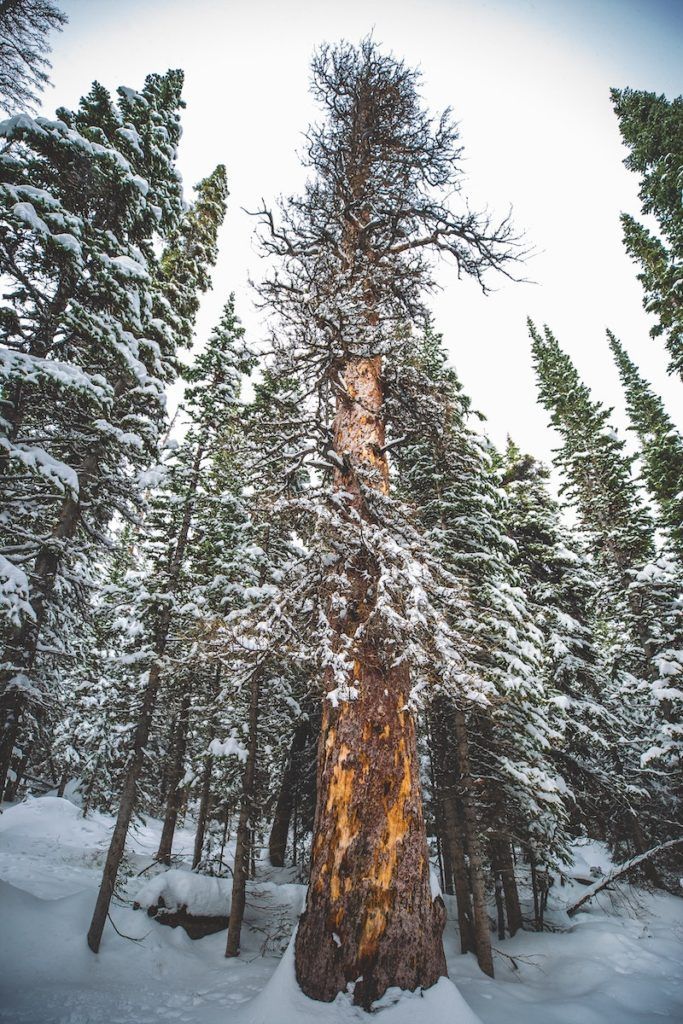
Colorado is known for being an ideal winter getaway, and Rocky Mountain National Park is a prime example. The snowy mountain landscape creates the perfect environment for all of the classic activities of wildlife watching, skiing, sledding, and snowshoeing. Equipment can be purchased or rented from businesses in Estes Park or Grand County nearby in order to make your trip one for the books!
15. Volcanoes National Park – Hawaii
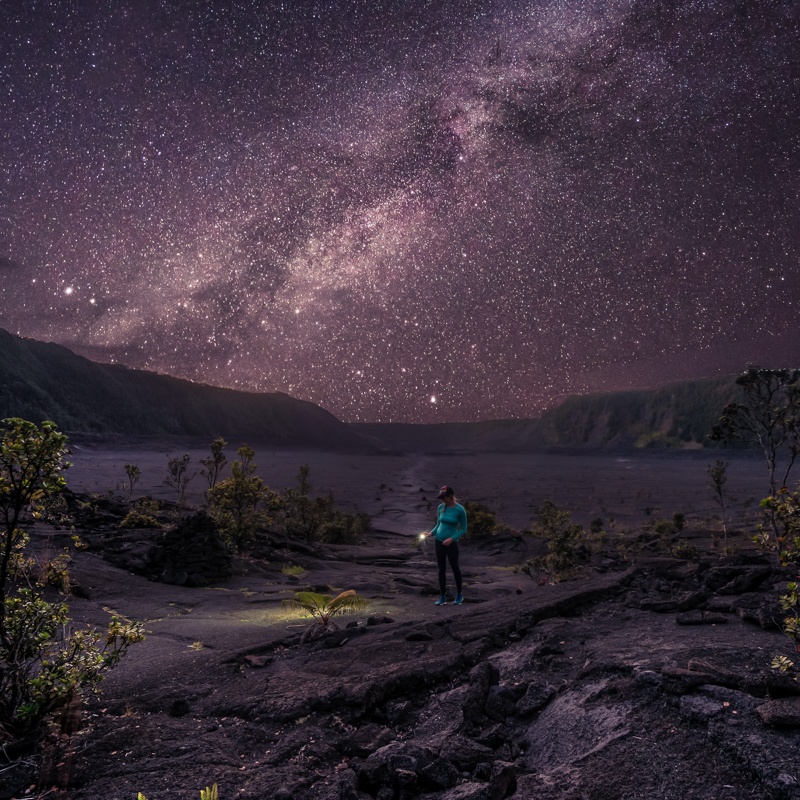
Fancy a more tropical getaway? Volcanoes National Park in Hawaii is the perfect escape from winter, providing awesome star viewing, possible lava sightings, and lots of hiking trails and amazing views.
Although this is in Hawaii, one of the warmest states in the US, it’s still a good idea to pack long sleeves and a pullover if you’ll be enjoying the park by night or at dusk. Read more about the best things to do on Hawaii’s big island here.
The United States is home to some incredible national parks. The problem is that most people only see them during the summer. Take a trip during the winter months to see what you’ve been missing out on!
Gezile says
Really good, so lovely to read your post.
David Coolwater says
Wow… this blog is more interesting and fun to read and view all your images. You are living my dream Kristin. I love all of the images of parks you posted especially Mount Rainier National Park – Washington. Definitely, I will be back for more awesome blog posts. Thank you for your awesome blog.
Kristin says
Thanks so much David!